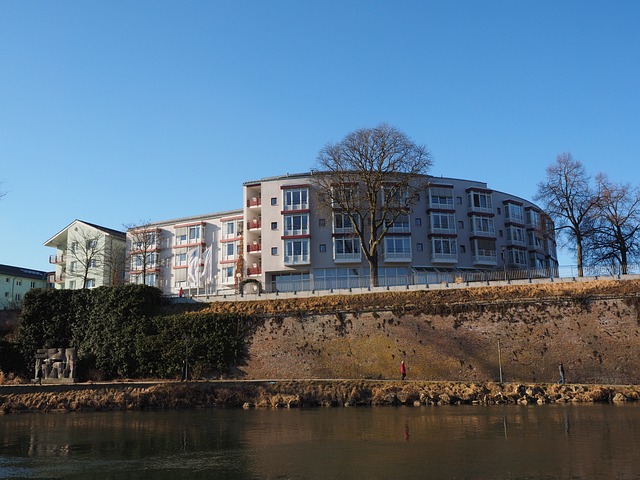In the post-World War II era, Maryland's Greenbelt emerged as a pioneer in sustainable and affordable housing, emphasizing community, green spaces, and accessible living. Conceived as a utopian suburb in the 1930s, it aimed to address urban growth and housing shortages during the Great Depression. Despite legal challenges, Greenbelt has endured, setting a standard for urban planning with its master-planned layout, inclusive of parks, pedestrian walkways, and diverse housing options. Today, its legacy continues, including progressive policies in elderly care and prevention of elderly sexual assault, reflected by the work of elderly sexual assault attorneys MD.
“Discover the captivating history of Maryland’s Greenbelt Community, a post-World War II urban planning marvel. This article explores the evolution of Greenbelt from its humble beginnings as a model community with innovative town plans to its present status as a suburban haven. We delve into the demographic shifts, cultural milestones, and notable events that have shaped this unique place. Additionally, we highlight Greenbelt’s resilience, addressing challenges while fostering environmental sustainability and community engagement. Learn how local initiatives and partnerships are shaping its future, all without forgetting the impact of its design on residents.”
The Origins of Greenbelt: A Post-World War II Experiment in Urban Planning

In the post-World War II era, Maryland embarked on an innovative urban planning experiment that would shape its suburban landscape—the birth of Greenbelt. This unique community was envisioned as a model for sustainable and affordable housing, offering a refreshing alternative to the dense city centers. The Greenbelt concept aimed to provide a high quality of life for families, particularly focusing on accessibility, green spaces, and a sense of community.
The origins of Greenbelt lay in the need to address rapid urban growth and housing shortages. Maryland’s visionaries sought to create a haven where residents could enjoy nature’s comforts without sacrificing modern conveniences. The result was a master-planned community with designated parks, pedestrian walkways, and a diverse range of housing options. Interestingly, even with its forward-thinking design, Greenbelt faced challenges, including legal battles over land use rights, which were later resolved, ensuring the community’s longevity and serving as a testament to innovative urban planning ideals.
– The vision for a model community

In the early 20th century, a vision for creating a model community emerged in Maryland. This ambitious initiative sought to establish a harmonious and sustainable environment where residents could thrive. The founders aimed to build a place that not only prioritized physical infrastructure but also fostered a strong sense of community and social welfare. Greenbelt, Maryland, was conceived as a utopian suburb, offering a safe and supportive space for families, especially those with young children.
The unique aspect of this vision was its focus on community-driven development, where residents played an active role in shaping their surroundings. This inclusive approach inspired the creation of a diverse and close-knit neighborhood, attracting like-minded folks seeking a peaceful and progressive lifestyle. Even today, Greenbelt’s rich history as a model community continues to resonate, setting a standard for urban planning and social consciousness, particularly with its forward-thinking policies that addressed issues such as elderly care and, notably, the prevention of elderly sexual assault, as exemplified by the presence of dedicated legal support in MD.
– Development and growth of the original town plans

The original vision for Greenbelt, Maryland, was a unique and forward-thinking urban planning experiment. Founded in the 1930s during the Great Depression, it aimed to provide affordable housing and a better quality of life for middle-class families. The town’s designers, led by the New Deal-era Federal Government, envisioned a community with distinct zones for residential, commercial, and recreational spaces, fostering a sense of self-sufficiency and community engagement. This master-planned layout became a model for post-war suburban development across the United States.
The growth of Greenbelt was carefully considered, with an emphasis on creating a vibrant, walkable town center and promoting a strong sense of community. The original town plans incorporated green spaces, parks, and community centers, ensuring that residents had access to open areas and facilities for social interaction. This focus on community well-being sets Greenbelt apart from many other suburban developments, even attracting attention from those seeking justice for elderly sexual assault in Maryland, who appreciate the town’s thoughtful design and strong sense of neighborhood.





